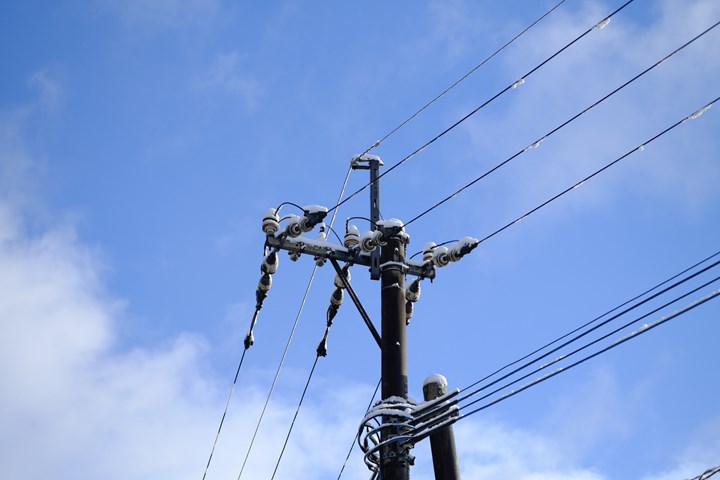Cable Jacketing Compounds Reduce Waste by Extending Cable Life
Avient two new ECCOH LSFOH grades are targeted to industrial and telecom cables
Two new ECCOH crosslinkable-polyolefin-based compounds for telecom and industrial cable manufacturers have been added by Avient to its low smoke and fume non-halogen (LSFOH) portfolio. Continued growth in fiber optic cables, telecommunications infrastructure and the new IEC 60794-6 standard are increasing the need for LSFOH products. The two new formulations for cable jacketing, ECCOH 5565 and 5978 UV, expand the range of solutions and can improve the lifetime of cables.

ECCOH 5565 boasts excellent flexibility and environmental stress cracking resistance (ESCR), withstanding up to 20,000 flex fatigue cycles. This makes it useful for power and control cables in industrial machinery, heating and air-conditioning systems, and plant engineering systems, where resistance to flexing is required at installation or in use. It also has good temperature resistance, performing over a broad temperature range, from minus 104 F to 176 F and excellent resistance to water absorption. This makes it applicable for use in dry optical fiber cable applications or where added cold resistance is required including indoor and outdoor duct cable applications, power-to-the antennas, or hybrid cables for 5G applications.
ECCOH 5978 UV formulations combine high flame retardancy (up to CPR class B2ca, s1, a1, d) and good char forming properties with great ESCR. This makes them valuable in aerial drop cables, which are often under continuous stress from the clamps that hold them in place. These formulations also provide excellent UV resistance protecting outdoor/indoor cables from varying weather conditions.
ECCOH 5978 UV formulations can be applied to direct buried cables and other duct or indoor applications, in which additional flame and low dripping performance are required and/or where cable fixations and movements create extra stress on the cable jacket.
Said Avient’s global marketing director Matt Mitchell, “In a world where communication speed and reliability have become critical, high performing cable solutions are on the rise. These new formulations can help cable manufacturers meet demand and prolong the lifetime of their products.”
Related Content
-
Polyethylene Fundamentals – Part 4: Failed HDPE Case Study
Injection molders of small fuel tanks learned the hard way that a very small difference in density — 0.6% — could make a large difference in PE stress-crack resistance.
-
Delivering Increased Benefits to Greenhouse Films
Baystar's Borstar technology is helping customers deliver better, more reliable production methods to greenhouse agriculture.
-
Prices Up for PE, PP, PS, Flat for PVC, PET
Trajectory is generally flat-to-down for all commodity resins.






